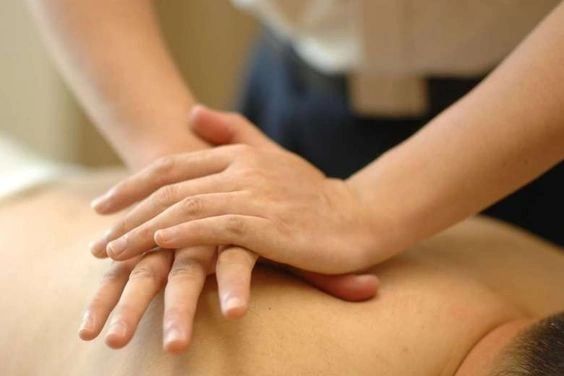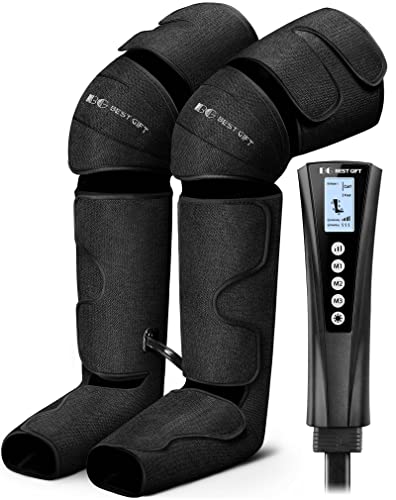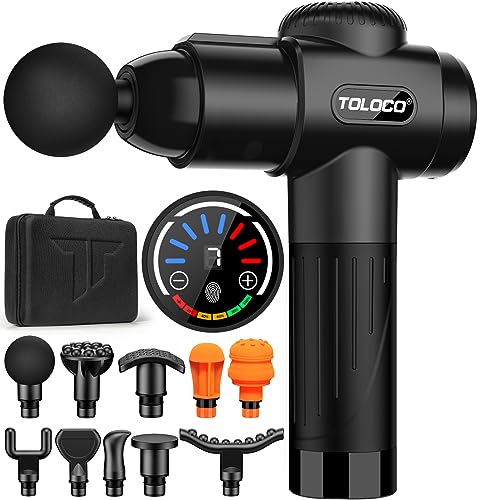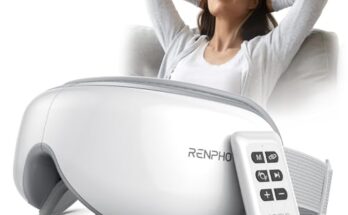After a Thai massage, it’s important to drink plenty of water and rest to enhance the benefits and aid the body in flushing out toxins. This will help in preventing dehydration and muscle soreness and will contribute to a more effective recovery from the massage.
A traditional Thai massage offers numerous health benefits, and it’s important to take care of your body after receiving one. The ancient healing art of Thai massage involves deep tissue manipulation and stretching, which can leave your body feeling rejuvenated and relaxed.
To ensure that you maximize the benefits of the massage, it’s essential to follow certain post-massage care guidelines. Here’s what you should do after a Thai massage to promote overall well-being and ensure a faster recovery.

Credit: www.everydayhealth.com
Preparation For Relaxation
Preparation for relaxation after a Thai massage is crucial for maximizing the therapeutic benefits of the treatment. Creating a calming environment facilitates the maintenance of inner peace, allowing the body to fully unwind and rejuvenate.
Create A Calming Environment
When preparing for relaxation after a Thai massage, it’s essential to create a soothing atmosphere conducive to deep rest. Dim the lights to promote a tranquil ambiance that fosters relaxation.
Dim The Lights And Play Soft Music
Dimming the lights not only sets a serene mood but also helps to ease any sensitivity to brightness that may result from the massage. Additionally, playing soft music can further enhance the atmosphere, serving as a gentle background to help the mind and body unwind.
Mindful Breathing Techniques
Mindful breathing techniques can be incredibly beneficial after a Thai massage, aiding in deep relaxation and promoting overall well-being.
Deep Belly Breathing
One of the most fundamental and effective mindful breathing techniques is deep belly breathing. This involves breathing deeply into the diaphragm, allowing the stomach to rise and fall with each breath. By taking slow, controlled breaths, you can reduce stress, enhance oxygen flow, and induce a sense of calm and tranquility.
Alternate Nostril Breathing
Another powerful mindful breathing technique is alternate nostril breathing, or Nadi Shodhana. This technique involves closing off one nostril at a time while inhaling and exhaling through the alternate nostril. This practice is believed to balance the left and right hemispheres of the brain, promoting mental clarity and reducing anxiety.
Gentle Stretching And Yoga
Gentle stretching and yoga are two excellent practices to engage in after a Thai massage. These activities complement the effects of the massage by promoting further relaxation, enhancing flexibility, and aligning the body, mind, and spirit. Whether you are new to stretching and yoga or already have experience, incorporating them into your post-massage routine can offer additional benefits and prolong the positive effects of the massage.
Slow And Controlled Stretches
Performing slow and controlled stretches after a Thai massage can help elongate the muscles, relieve tension, and improve circulation. Whether you choose standing stretches, seated stretches, or stretches on the floor, remember to maintain a gentle pace and never push yourself beyond your comfort level. Your therapist may guide you through a stretching routine during the massage, but you can continue these stretches afterward as well.
Yoga Poses For Relaxation
Yoga poses are a great way to further induce relaxation after a Thai massage. They provide a calming and meditative experience, allowing you to connect with your breath, release any remaining tension, and fully absorb the benefits of the massage. Here are a few simple yoga poses you can try:
- Child’s pose: Begin by sitting back on your heels, then lower your forehead to the floor and extend your arms forward. This pose stretches the back, shoulders, and hips, promoting deep relaxation.
- Downward-facing dog: Start on your hands and knees, then lift your hips up towards the ceiling, forming an inverted “V” shape. This pose stretches the entire body, relieving tension and promoting flexibility.
- Corpse pose: Lie flat on your back, arms relaxed by your sides, and legs straight. Close your eyes and focus on each breath as you completely surrender and let go.
Remember, the key is to find poses that feel comfortable and soothing for your body. You can also explore other yoga poses that target specific areas of tension or focus on deeper relaxation. Yoga is a versatile practice that allows you to customize your routine based on your needs.
After your Thai massage, gently transitioning into stretching and yoga can be a wonderful way to extend and enhance the benefits of the treatment. Whether you prefer slow and controlled stretches or prefer to delve into a series of yoga poses, incorporating these practices into your post-massage routine will contribute to your overall well-being and leave you feeling rejuvenated and refreshed.

Credit: m.facebook.com
Self-massage And Soothing Techniques
After a Thai massage, it’s beneficial to practice self-massage and soothing techniques to prolong the benefits of the session. These techniques can include gentle stretching, applying heat or cold packs, and using self-massage tools to relieve muscle tension and promote relaxation.
Hand And Foot Massage
Relax after a Thai massage with gentle hand and foot massaging techniques.
Scalp Massage And Head Tapping
Indulge in calming scalp massaging and stress-relieving head tapping post-treatment.
Meditation And Visualization
After a Thai massage, engaging in meditation and visualization can enhance the relaxation and rejuvenation experience.
Guided Meditation
Take a moment to close your eyes and focus on your breath, following the guided meditation to bring calmness to your mind.
Visualizing Peaceful Scenes
Picture serene settings like a tranquil beach or lush forest to visualize and deepen your sense of relaxation.

Credit: www.facebook.com
Frequently Asked Questions Of What Should You Do After A Thai Massage
What To Do After A Thai Massage?
After a Thai massage, drink plenty of water, rest, and avoid vigorous activities. Allow your body to relax and unwind for the rest of the day. This will help you maximize the benefits of the massage and promote overall well-being.
Do You Shower After Thai Massage?
Yes, it’s common to shower after a Thai massage to wash off any massage oils. It’s also refreshing and helps to re-energize.
What Are The Don’ts After Massage?
After a massage, avoid intense physical activity to allow your body to relax and heal. Also, refrain from consuming alcohol or caffeine as they can counteract the positive effects of the massage. Avoid taking hot showers or baths for at least an hour, as your muscles need time to cool down.
Lastly, don’t skip drinking water as it helps to flush out toxins and rehydrate your body.
What’s The Best Thing To Do After A Full Body Massage?
After a full body massage, it’s best to drink plenty of water to stay hydrated and relax at home to prolong the benefits.
Conclusion
After a rejuvenating Thai massage, you might be wondering what to do next. It’s essential to take care of yourself and allow your body to reap the full benefits of this ancient practice. Drink plenty of water, rest, and avoid strenuous activities for the rest of the day.
Stretching gently and practicing relaxation techniques can also help maintain the sense of calm achieved during the massage. Remember, self-care is vital, so listen to your body and give it the care it deserves!



